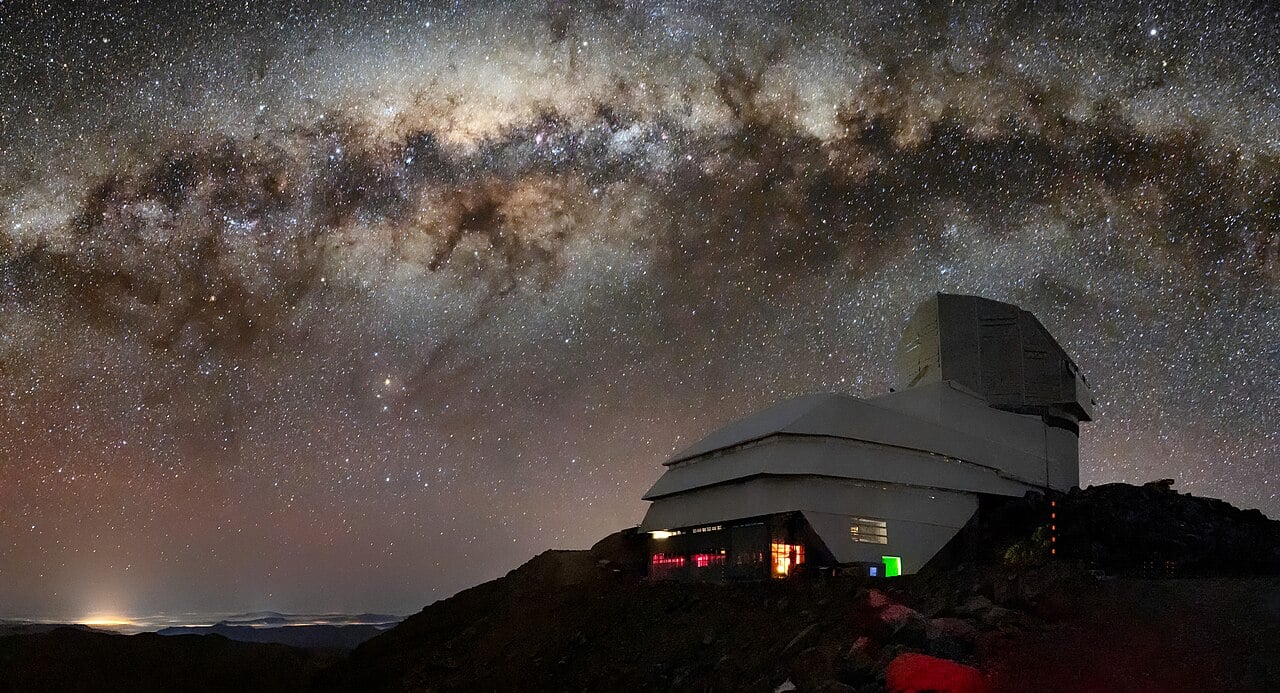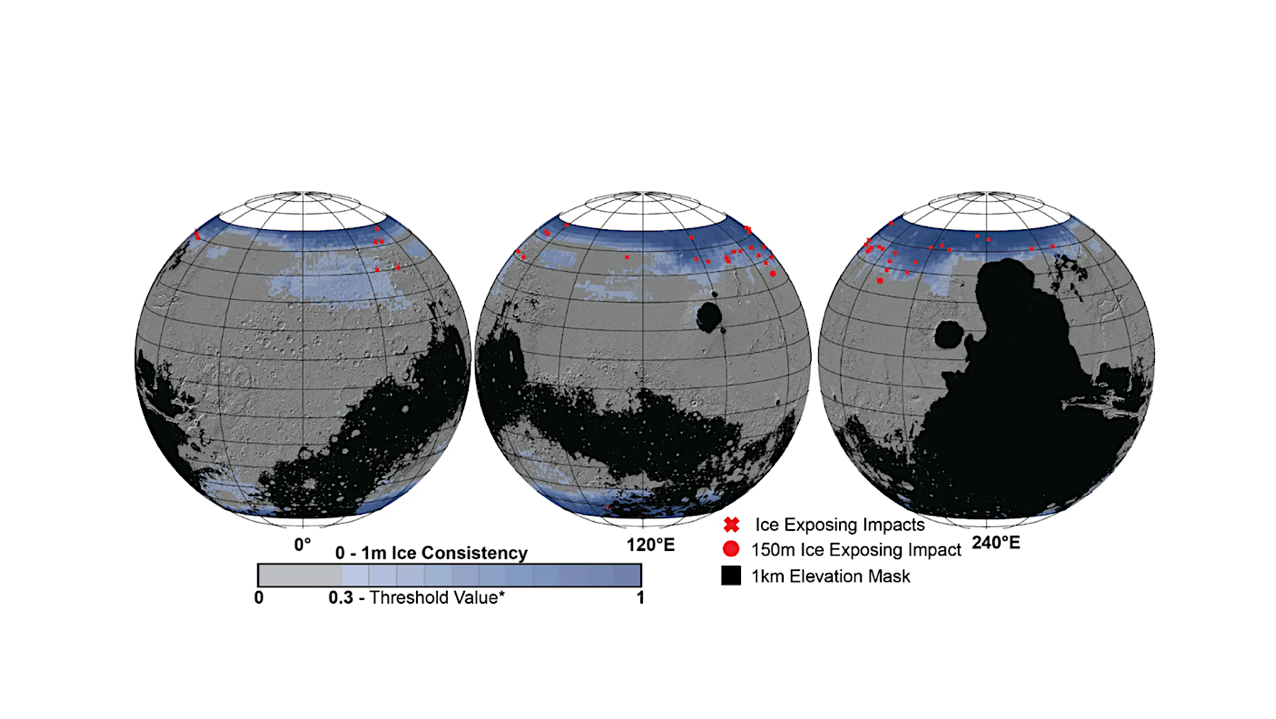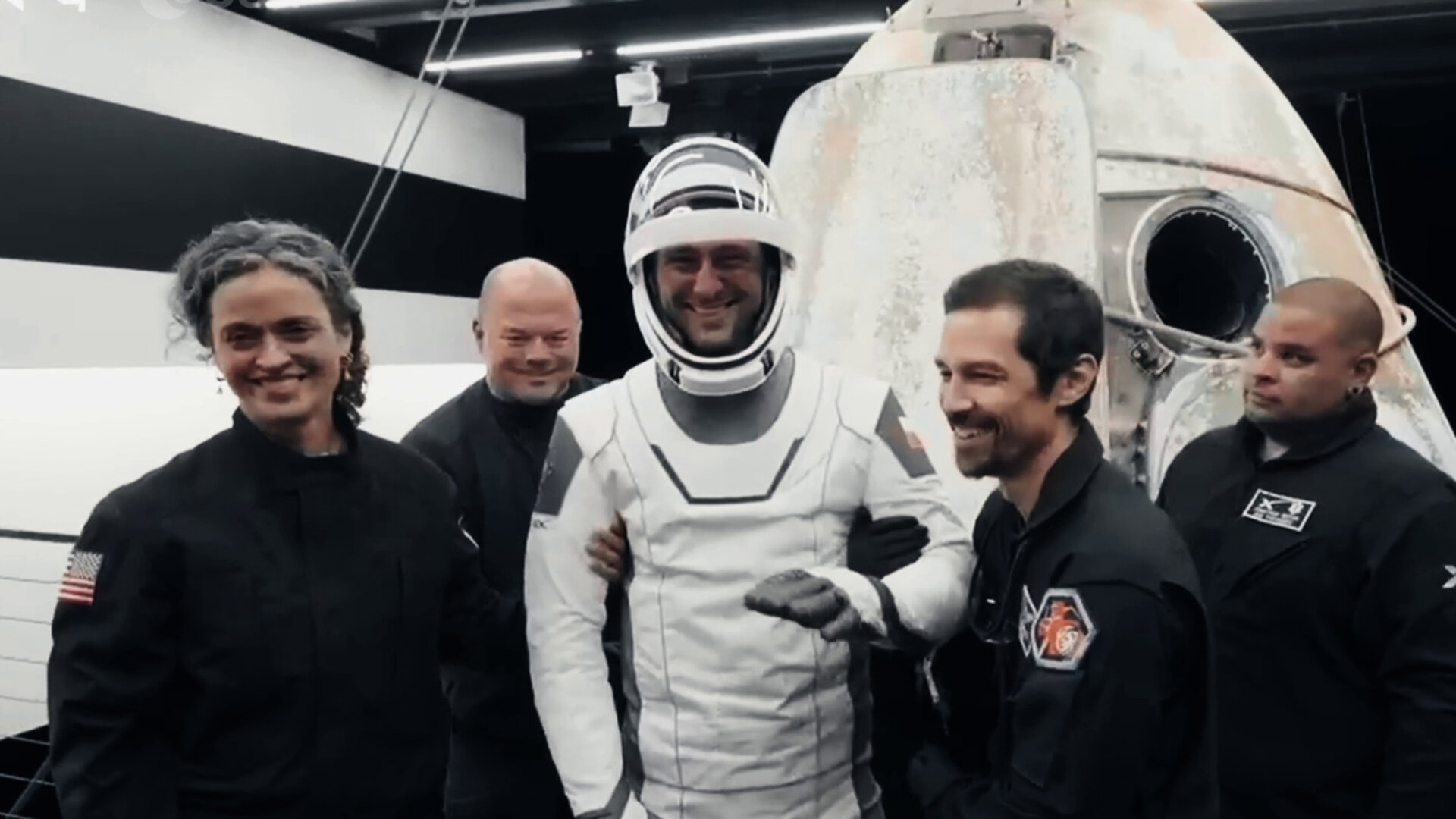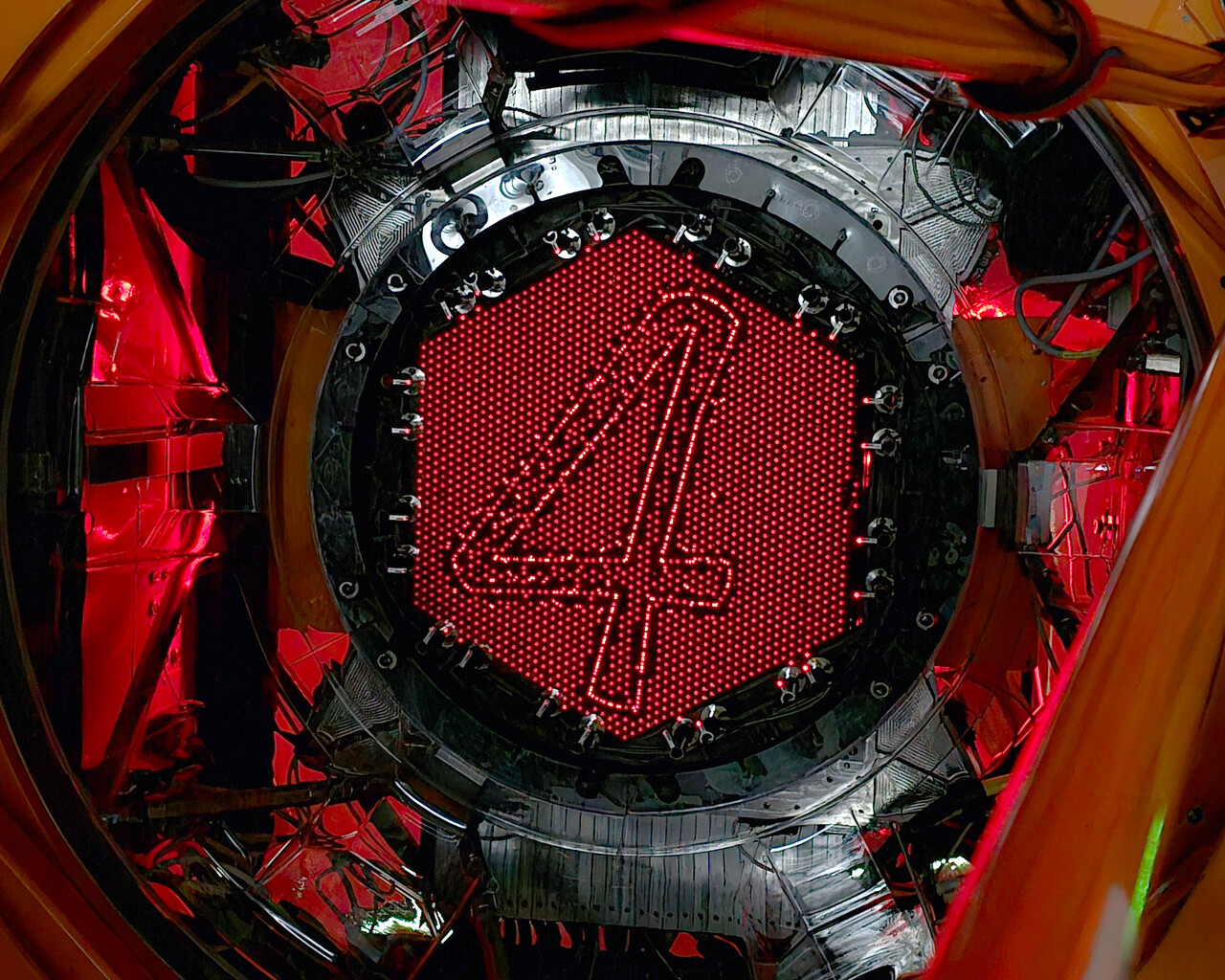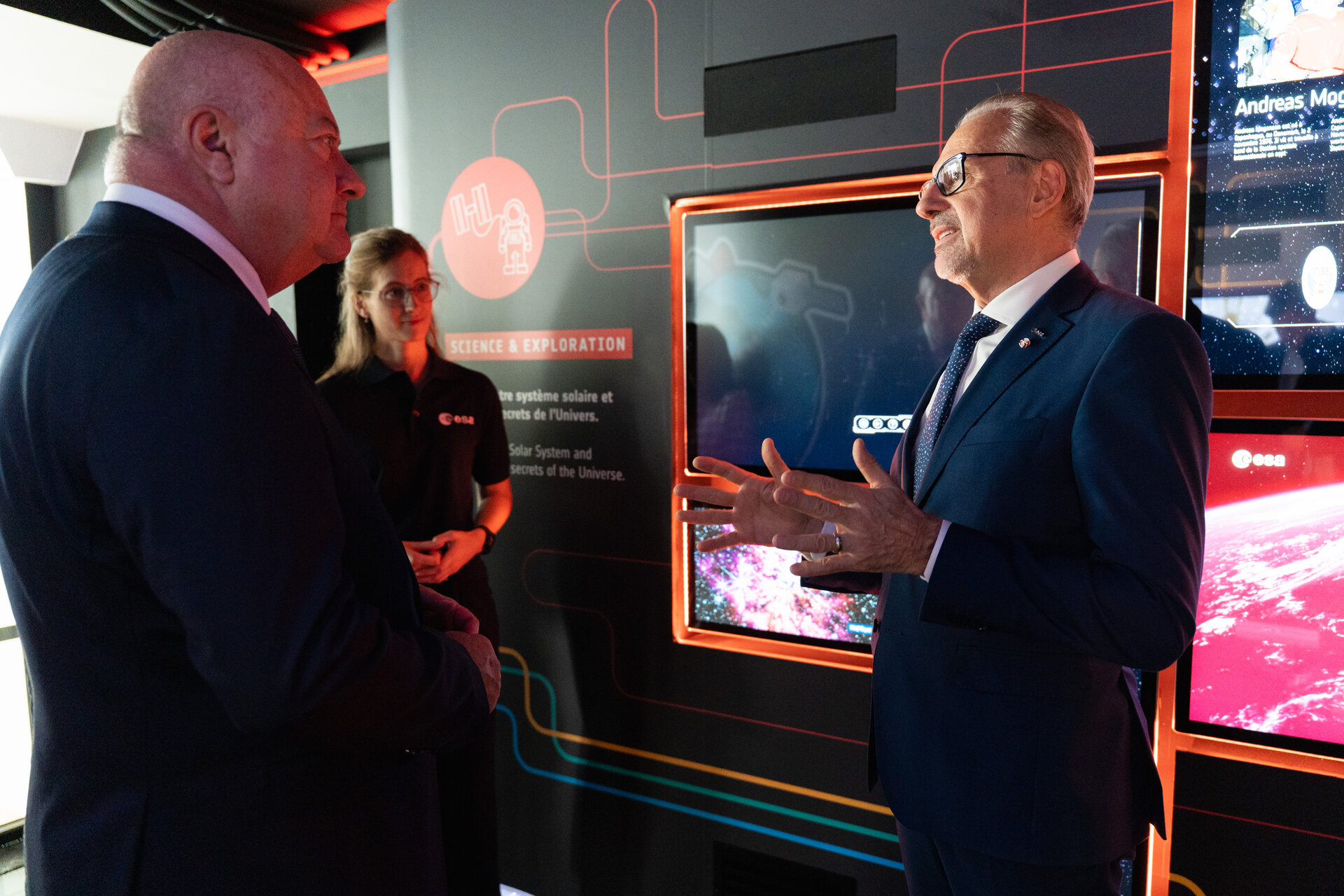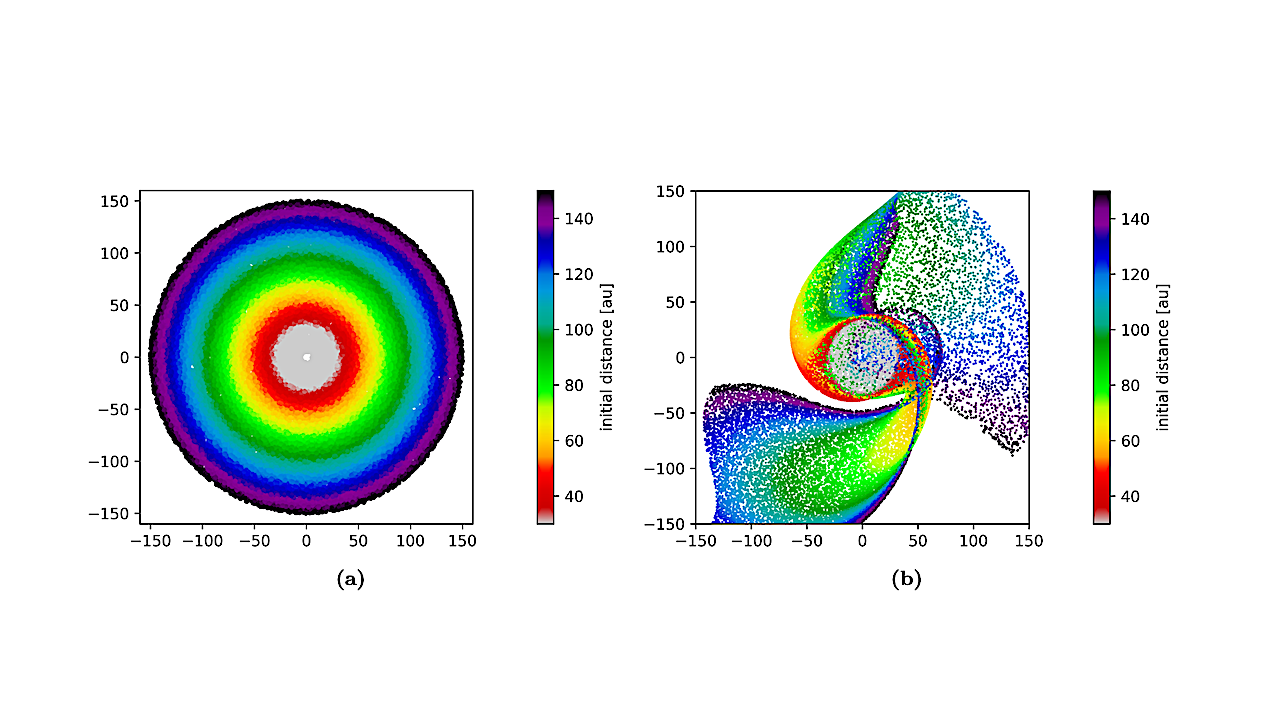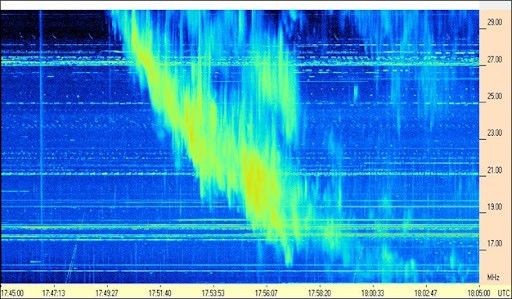Just imagine it, the news stories are all over your phone when you wake! The day will surely come that we will discover that we are not alone in the
Hot Posts384- Page
These Mars global maps show the likely distribution of water ice buried within the upper 3 feet (1 meter) of the planet’s surface and represent the latest data from the
On 15 July 2025, with the splashdown of the Dragon capsule off the coast of California, the Ignis mission ended after a 20-day space journey. ESA project astronaut Sławosz Uznański-Wiśniewski
With the arrival of the new “Fantastic Four: First Steps” film, the European Southern Observatory (ESO) has revealed its own new superhero, a fiber optic insrument known as the 4-metre
The European Space Agency (ESA) successfully established a transmission-reception optical link with NASA’s Deep Space Optical Communications (DSOC) experiment onboard its Psyche mission, located 265 million kilometers away, using two
On Friday 18 July, His Excellency Christian Stocker, Federal Chancellor of Austria, visited ESA Headquarters in Paris receiving a tour of the site from Director General Josef Aschbacher. It was
WASHINGTON — Maxar Intelligence, a satellite imaging and geospatial data provider, has signed three contracts worth a combined $204.7 million with undisclosed government customers in the Middle East and Africa,
Effect of flyby. (a) The pre-flyby colour gradient in the simulated disc is depicted by a false colour scheme representing very red to blue-grey TNOs. The same colour scheme is
As the Sun approaches the most active part of its eleven-year magnetic cycle this summer, NASA volunteers have been watching it closely. Now they’ve spotted a new trend in solar
Since 1998, when the International Space Station (ISS) launched, there has been a place for astronauts around the world to run experiments in space, from growing food to learning how
-
 012024 in Review: Highlights from NASA in Silicon Valley
012024 in Review: Highlights from NASA in Silicon Valley -
 02Panasonic Leica Summilux DG 15mm f/1.7 ASPH review
02Panasonic Leica Summilux DG 15mm f/1.7 ASPH review -
 03How New NASA, India Earth Satellite NISAR Will See Earth
03How New NASA, India Earth Satellite NISAR Will See Earth -
 04And Thus Begins A New Year For Life On Earth
04And Thus Begins A New Year For Life On Earth -
 05Astronomy Activation Ambassadors: A New Era
05Astronomy Activation Ambassadors: A New Era -
06SpaceX launch surge helps set new global launch record in 2024
-
 07Space Force plans new ‘Futures Command’ amid pressure to speed up modernization
07Space Force plans new ‘Futures Command’ amid pressure to speed up modernization


